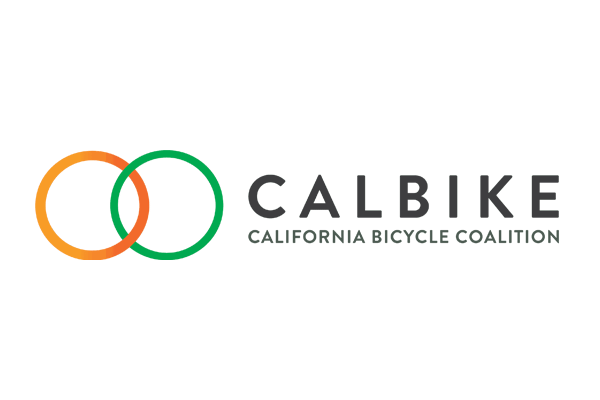From TheVerge.com
By Wes Davis
Advocates are working across the country to make their communities safer and more accessible for cyclists, but not every effort is successful.
When most people in the US need to go somewhere, they reach for their car keys. There are plenty of reasons for this: driving is easy, it’s comfortable, and it requires very little preparation. But also, it’s hard to do anything else, and maybe the hardest of those hard things is cycling.
But plenty of people do it anyway. Whether by choice or because it’s their only option, millions of Americans bike to get where they’re going — around 50 million people biked at least once in 2022. And when people choose to ride, they’re facing the very real chance they might be run down by someone driving a car who either couldn’t see them or just didn’t bother to look — which happens far too often, leading to recent cyclist death counts not seen since the 1970s.
That’s because US cycling infrastructure has a long way to go before it can catch up with European cities like Copenhagen, Denmark, the bicycle paragon where the streets reflect that cycling is the norm for most people. At least in the US, bike lanes and trails are rare in the suburbs, and in cities, they can be unevenly dispersed or frustratingly disconnected, forcing cyclists to get creative to go anywhere safely. Plenty of factors get in the way here: political or cultural opposition to the very idea of bikes; resistance to changes perceived as taking space away from cars; and neighborhoods worried about the sanctity of treesas new traffic patterns are considered.
Photo by Dário Gomes on Unsplash









